

BMW – Bayerische Motoren Werke (Bavarian Motor Works). Founded in 1916 by Franz Josef Popp and Karl Rapp.
BMW AG originally an initialism for Bayerische Motoren Werke in German, is a German multinational company which currently produces luxury automobiles and motorcycles , and also produced aircraft engines until 1945. The company has its headquarters in Munich, Bavaria.


Headquarters München, Germany, 1913-now



The BMW New Class was a line of sedans and coupes produced by West German automaker BMW between 1962 and 1972. These models ensured BMW's solvency after the company's financial crisis of the 1950s and established the identity of BMW automobiles as sports sedans.
The first New Class vehicle was the 1500, a 4-door compact executive car with the new M10 (at the time called M115) OHC 4-cylinder engine. In 1965, the 2000 C and 2000 CS luxury coupés were added to the range.
The New Class coupes introduced the Hofmeister kink, which has been used on most BMW cars since. Another legacy of the New Class is the iconic 02 Series, which are a shortened version of the New Class sedans.

set of 2000cs in blue and red https://www.youtube.com/watch?v=AURjFblX4bI






Pietro Frua (2 May 1913 - 28 June 1983) was one of the leading Italian coachbuilders and car designers during the 1950s and 1960s.
Frua was born in Turin, the centre of coachbuilding in northern Italy. He was the fourth son of Angela, a tailor, and Carlo Frua, an employee of Fiat.
During the 1960s Pietro Frua was among the most prominent car designers in Italy. The “Frua line” was synonymous with the good taste of a single man. He followed each car's realization to the last detail of fully functional one-offs and prototypes, often driving them to their presentation at the motor shows in Europe.




The BMW 02 Series is a range of sporty compact executive cars produced by German automaker BMW between 1966 and 1977, based on a shortened version of the New Class Sedans.
The first 02 Series produced was the 1600-2 (later renamed 1602) in 1966. In 1975, the 02 Series was replaced by the E21 3 Series (except for the 1502 model, which continued until 1977).










The BMW 1 Series is a range of subcompact executive cars (C-segment) manufactured by BMW since 2004. It is the successor to the BMW 3 Series Compact and is currently in its third generation. Positioned as the entry level model in BMW range of products, the first generation was produced in hatchback, coupé and convertible body styles.




The BMW 2 Series is a range of subcompact executive cars (C-segment) manufactured by BMW since 2014. The 2 Series was created when BMW spun-off the 2-door models (coupé and convertible) of the BMW 1 Series into a separate series.
The 2 Series was first launched as a 2-door coupé and convertible, both based on a rear-wheel drive platform. In 2019, the Gran Coupé fastback sedan joined the 2 Series family as a front-wheel drive vehicle based on the 1 Series hatchback
The BMW M2 is the high-performance version of the 2 Series 2-door coupé. The first generation of the M2 is the F87 coupé and is powered by turbocharged straight-six engines.






The BMW 3 Series is a line of compact executive cars manufactured by the German automaker BMW since May 1975. It is the successor to the 02 Series and has been produced in seven different generations.
The first generation of the 3 Series was only available as a 2-door coupé; however, the model range has since expanded to include a 4-door saloon, 2-door convertible, 2-door coupé, 5-door estate, 5-door liftback ("Gran Turismo") and 3-door hatchback body styles. Since 2013, the coupé and convertible models have been marketed as the 4 Series; therefore, the 3 Series range no longer includes these body styles.
The 3 Series is BMW's best-selling model, accounting for around 30% of the BMW brand's annual total sales.
E21
The BMW E21 is the first generation of the BMW 3 Series compact executive cars, which were produced from June 1975 to 1983 and replaced the BMW 02 Series. The series was exclusively built in a two-door sedan body style (except for convertibles made by Baur). Contrary to its predecessor, a 'Touring' body with a sloped rear hatch was no longer offered.




E30
The BMW E30 is the second generation of BMW 3 Series, which was produced from 1982 to 1994 and replaced the E21 3 Series. The model range included 2-door coupe and convertible body styles, as well as being the first 3 Series to be produced in 4-door sedan and wagon/estate body styles. It was powered by four-cylinder petrol, six-cylinder petrol and six-cylinder diesel engines, the latter a first for the 3 Series. The E30 325iX model was the first BMW to have all-wheel drive.

set of E30 coupe and convertible https://www.youtube.com/watch?v=9l0En55XwQA









set of e30 m3 sedan and convertible BMW E30 M3 & M3 Convertible (youtube.com)






E36
The third generation of the BMW 3 Series range of compact executive cars is designated under the model code E36, and was produced by the German automaker BMW from 1990 to 2000. The initial models were of the four-door sedan body style, followed by the coupe, convertible, wagon ("Touring"), hatchback ("Compact"), and the rare four-door convertible Baur TC4 in later years.







E46
The fourth generation of the BMW 3 Series range of compact executive cars is designated under the model code E46, which was produced by the German automaker BMW from 1997 to 2006, and was the successor to the E36 3 Series which ceased production in 2000. First introduced in November 1997, the E46 was available in sedan, coupé, convertible, station wagon and hatchback body styles. The latter has been marketed as the 3 Series Compact.






set of bmw e46 m3 BMW E 46 M3 Coupe & Cabriolet





E90
The fifth generation 3 Series was produced in the sedan, wagon, coupé and cabriolet body styles. Due to the separate model codes for each body style, the term "E9X" is sometimes used to describe this generation of the 3 Series.








F30
The sixth generation of the BMW 3 Series consists of the BMW F30 (sedan version), BMW F31 (wagon version, marketed as 'Touring') and BMW F34 (fastback version, marketed as 'Gran Turismo') compact executive cars. The F30/F31/F34 generation was produced from October 2011 to 2019 and is often collectively referred to as the F30.






G80
The seventh generation of the BMW 3 Series range consists of the BMW G20 (sedan version) and BMW G21 (wagon version, marketed as 'Touring') compact executive cars. The G20/G21 has been in production since mid-October 2018 with a facelift in July 2022 and is often collectively referred to as the G20.





The BMW 4 Series is a range of compact executive cars manufactured by BMW since 2013. The 4 Series was created when BMW spun off the 2-door models (coupé and convertible) of the 3 Series into a separate series.
The original 4 Series concept car was unveiled in January 2013 at the North American International Auto Show in Detroit, Michigan. Both generations have been produced in the coupé, convertible and 5-door liftback (marketed as "Gran Coupé") body styles.The 4 series body style is very similar to that of the all electric BMW i4.














TheBMW 5 Series is an executive car manufactured by BMW since 1972. It is the successor to the New Class Sedans and is currently in its seventh generation. The 5 Series is BMW's second best-selling model after the 3 Series. On 29 January 2008, the 5 millionth 5 Series was manufactured. Since the E28, all generations of 5 Series have included an "M" model, called the BMW M5.




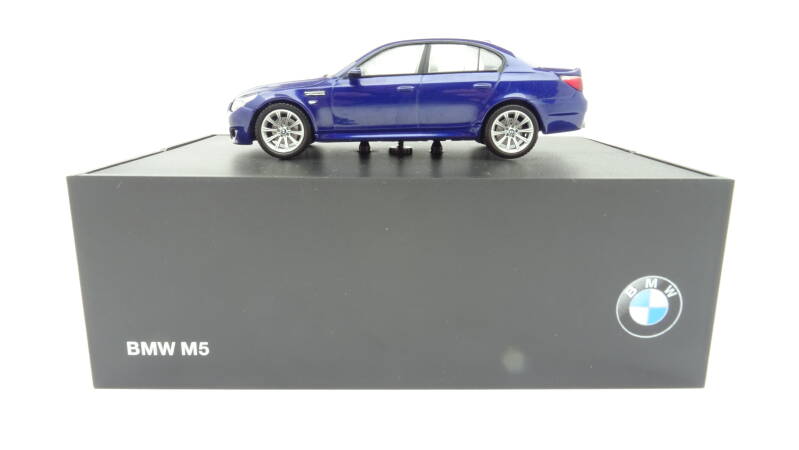




F10/F11/F07/F18
The sixth generation of the BMW 5 Series consists of the BMW F10 (saloon version), F18 (long-wheelbase saloon), BMW F11 (wagon, marketed as Touring) and BMW F07 (fastback/hatchback, marketed as Gran Turismo) executive cars and were produced by BMW from January 2010 (for the 2011 model year) to 2017, with F10 being launched on 20 March 2010 to domestic market and F11 in the summer of 2010. The F07 Gran Turismo was produced from early September 2009 to 2017, being launched in the domestic German market in late October 2009.



set of F10 sedan and touring https://www.youtube.com/watch?v=QDI-IWeIW1c









The BMW 6 Series is a range of grand tourers produced by BMW since 1976. It is the successor to the E9 Coupé and is currently in its fourth generation.
The first generation BMW E24 6 Series was available solely as a two-door coupé but for the second generation, the BMW E63/E64 6 Series, the coupé was joined by a convertible body style. The third generation F06/F12/F13 6 Series debuted in 2011 as a coupé and convertible, and added a four-door coupé body style (known as the Gran Coupé) in 2012.






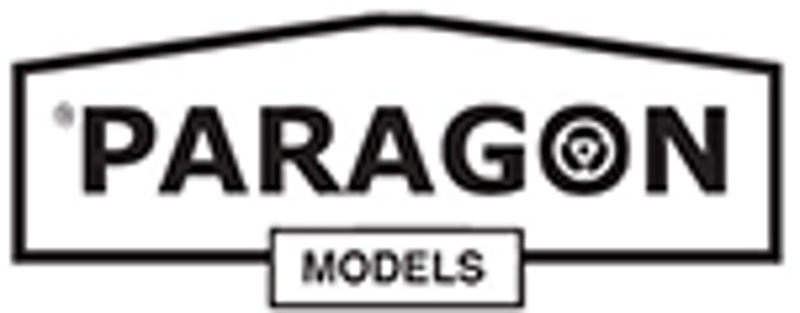


The BMW 7 Series is a full-size luxury sedan produced by the German automaker BMW since 1977. The 7 Series is BMW's flagship car and is only available in a sedan bodystyle. The first generation of the 7 Series was powered by straight-6 petrol engines, and following generations have been powered by inline-4, straight-6, V8 and V12 engines with both natural aspiration and turbocharging.
E23
The E23 is the first generation 7 Series, and was produced from 1977 to 1987. It was built in a 4-door sedan body style with 6-cylinder engines, to replace the E3 sedans. From 1983 to 1987, a turbocharged 6-cylinder engine was available.




E32
The E32 is the second generation of 7 Series, which was produced from 1986 to 1994. It was initially available with a straight-six or V12 engine, the latter being Germany's first in a passenger car since World War II. In 1992, V8 engines became available.




E38
The BMW E38 is the third generation of the BMW 7 Series luxury cars and was produced from 1994 to 2001. The E38 replaced the E32 7 Series and was produced with petrol and turbo-diesel straight-six and V8 engines, along with a petrol V12 flagship model. Three wheelbase lengths were available — short (i), long (iL) and Limousine (L7).






G11
The G11/G12 is the sixth generation of 7 Series, which has been in production since 2015. It was revealed on June 10, 2015 at BMW's headquarters in Munich.
As part of BMW's strategy of introducing plug-in hybrid variants for all future car models,both, the short and long-wheelbase models will be available with hybrid powertrains under the designations 740e and 740Le in 2016.




The BMW 8 Series is a range of grand tourer coupes and convertibles produced by BMW.
The 8 Series was introduced in 1990 under the E31 model code and was only available as a two-door coupé. It is powered by a range of naturally aspirated V8 and V12 petrol engines. The E31 started production just as E24 6 Series production ended; however, it is not considered a direct successor. The E31 was discontinued in 1999 due to poor sales.
The model range was later reintroduced in 2018 with the second generation, G15 8 Series. It launched in coupé (G15), convertible (G14), and four-door Gran Coupé (G16) body styles, as the successor to the F06/F12/F13 6 Series lineup.




BMW M was initially created to facilitate BMW's racing program, which was very successful in the 1960s and 1970s. As time passed, BMW M began to supplement BMW's vehicle portfolio with specially modified higher trim models, for which they are now most known by the general public. These M-badged cars traditionally include modified engines, transmissions, suspensions, interior trims, aerodynamics, and exterior modifications to set them apart from their counterparts. All M models are tested and tuned at BMW's private facility at the Nürburgring racing circuit in Germany.
E26
The BMW M1 (model code E26) is a mid-engined sports car produced from 1978 to 1981. In the late 1970s, Italian automobile manufacturer Lamborghini entered into an agreement with BMW to build a production racing car in sufficient quantity for homologation, but conflicts arose that prompted BMW to produce the car themselves.

set of M1 and M1 procar https://www.youtube.com/watch?v=bL3vCvq9lBY











The BMW Z models are a line of roadsters manufactured by German automaker BMW. The Z stands for zukunft (German for future), and has been produced in four different series with six generations consisting of roadster, coupé, sports car, and concept variants.
The introduction of the M Coupé and M Roadster in the Z3 line marked the first of the Z series to have a high-performance BMW M variant. The first generation Z4 also continued to offer M Coupé and M Roadster variants.


The BMW X Series stand out from the rest – with individual vehicles that carry the typical X gene: Uncompromising with sporty, rugged looks and performance. And all this with the driving dynamics and agility that have always been the hallmarks of BMW.
BMW marketed the X-series officially as a "Sports Activity Vehicle" (SAV), rather than an SUV, to indicate its on-road handling capability despite its larger dimensions. The automaker's SAV series, which was created by the X5, has expanded with derivations of other number-series BMWs. This began in 2003 with the X3, and continued in 2008 with the X6 (which shares its platform with the X5).


X5

The BMW X5 is a mid-size luxury crossover SUV produced by BMW. The X5 made its debut in 1999 as the E53 model. It was BMW's first SUV. At launch, it featured all-wheel drive and was available with either a manual or automatic gearbox.
It was developed shortly after BMW Group's acquisition of British off-road vehicle manufacturer Land Rover. BMW vehicles in turn benefitted significantly from Land Rover's technology.



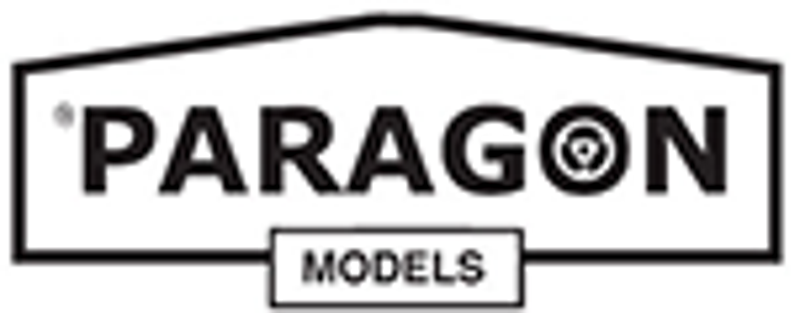




The BMW i is a sub-brand of BMW founded in 2011 to design and manufacture plug-in electric vehicles. The company initially released two vehicles: the i3 all-electric car and the i8 plug-in hybrid. The all-electric iX3 SUV was released in late 2020, while iX SUV and the i4 all-electric liftback sedan followed later in 2021.


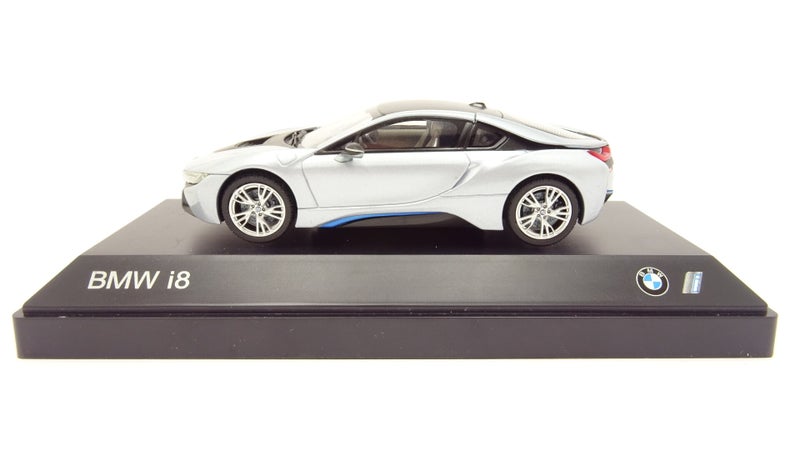



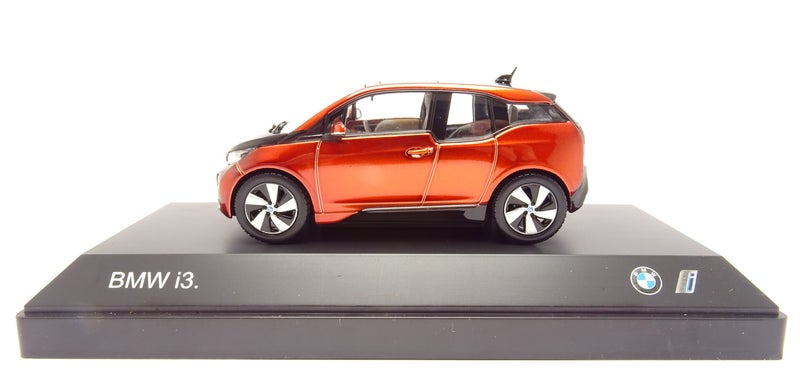






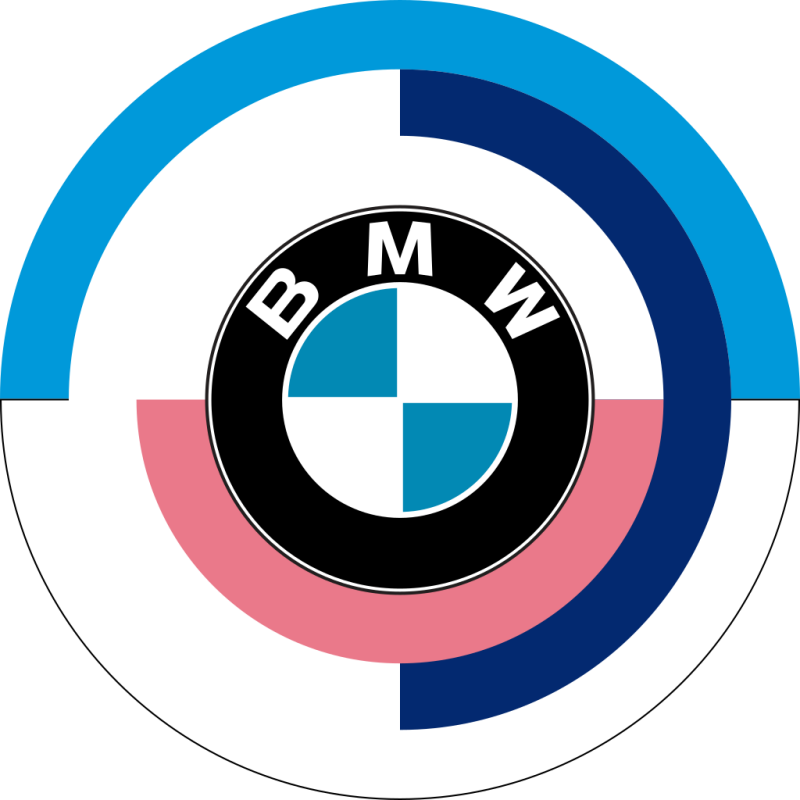


1913-1917
1917-1936
1923-1953
1936-1963
1963-1997
1970-1989
1997-2020
2020-now












































Create Your Own Website With JouwWeb